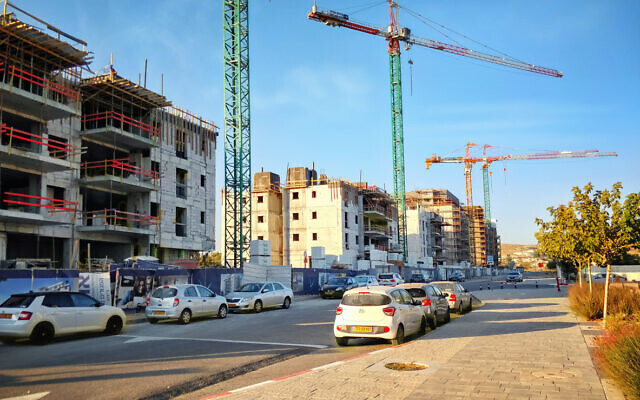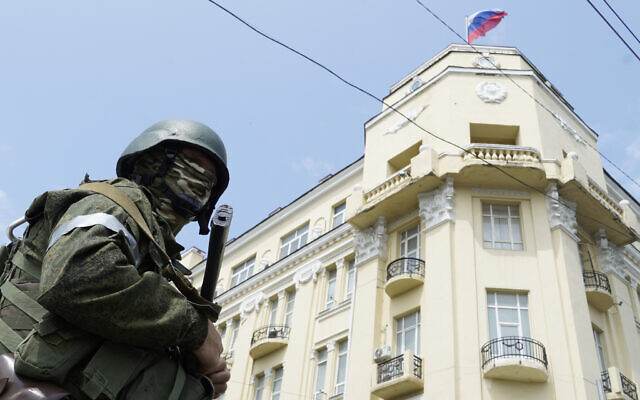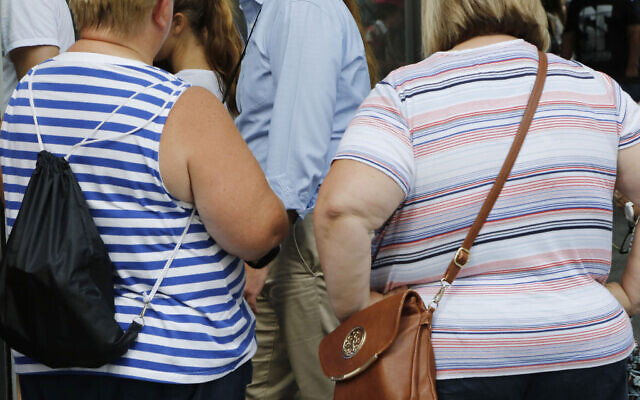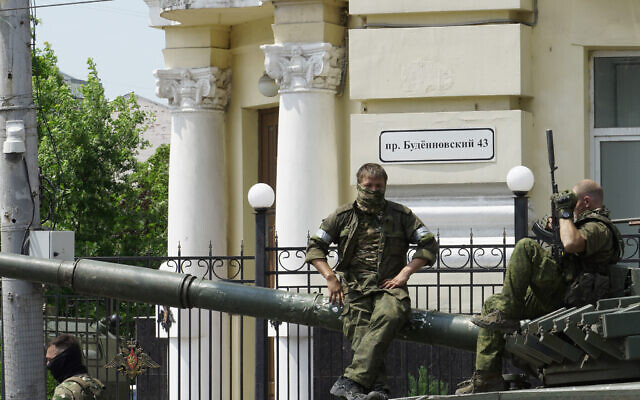Housing prices jump almost 20% in 2022, costs of consumer goods up 4.9%
Consumer Price Index shows 0.6% increase last month, inflation climbs to 5.1% in October 2022 compared to October 2021
Ricky Ben-David is The Times of Israel’s Tech Israel editor and reporter.

Israeli housing prices were up nearly 20% over the last year, a new annual record, according to a report released Tuesday by the Central Bureau of Statistics (CBS).
Housing prices have been climbing steadily since the second half of 2018, and were up 19.8% in August to September 2022 compared to the same period in 2021, according to CBS, the largest year-on-year increase in recent memory. This is amid a slowdown in local demand for house purchases given the costs and higher interest rates, and unlike the reality in most global housing markets, which are seeing prices slow or fall.
The costs of consumer goods in Israel have also gone up. In October, they climbed by 0.6% compared to the previous month, reaching an annual jump of 4.9% in 2022, according to a separate CBS report on Tuesday.
Israel’s Consumer Price Index, a measure of inflation, tracks the average cost of household goods like food, clothing and transportation. According to the data, inflation for the past 12 months was 5.1% compared to October 2021, higher than the Bank of Israel’s target range of 1-3%.
The bank hiked the benchmark interest rate to 2.75%, as of October, in its effort to fight inflation and cool down the housing market. The rate will be reassessed this month.
According to the CBS report from October, the price of fresh vegetables and fruit was up 4.1%, clothing and footwear increased by 4% and transport prices were up by 0.6%, while costs for culture and entertainment events, household items and furniture and health services fell slightly last month.
In the education sector, tuition at academic institutions for 2022-2023 increased 3.2% from last year, the report noted. In the food sector (excluding fruits and vegetables) prices for things like oil, milk and rice rose by 1% on average, while prices for meat, poultry and fish increased by 2.3% over the past month.
Major Israeli food manufacturer Tnuva announced this week that it would be hiking prices on hundreds of its products with an expected rise of around 4.7%. In a statement, the company said the price jumps are caused by the higher costs of raw materials due to global inflation.
Meanwhile, the average monthly salary for Israeli employees in August — the latest month for which is available — increased slightly to NIS 12,258 ($3,592), up 4% from August 2021 and the highest since 2008, according to another separate report released by CBS earlier this month.
Higher and higher
As the CPI and house prices continue to climb, the Bank of Israel is likely to further raise interest rates to prevent the economy from overheating. In turn, this will raise mortgage rates even more, and make it increasingly difficult for would-be-buyers to come up with a higher down payment and find loans that match the rising prices.
Price increases for dwellings were highest in northern Israel, year-on-year, with a 20.9% jump in August-September 2022 compared to the same period last year, followed by the central region (Gush Dan) with 20.3%, Haifa area 20%, Tel Aviv and its surrounding 19.5%, Jerusalem 18.6% and the southern region 17.9%, according to CBS.
The average housing transaction was NIS 1,931,700 ($566,151) in the third quarter of 2022 (July, August and September), up nearly 2% from the previous and 12.5% from last year. The average transaction was highest in Tel Aviv, the world’s most expensive city, with NIS 2,990,800 ($876,557) in Q3 2022, up from an average of NIS 2,505,500 ($734,323) compared to Q3 2021.
The average transaction in Israel’s central region was calculated at NIS 2,383,700 ($698,625), an increase from NIS 2,108,000 ($617,822). In Jerusalem and its surroundings, the average transaction went up from NIS 2,085,900 ($611,345) in Q3 2021 to NIS 2,343,800 ($686,931) in Q3 2022.
In the central region, significant increases of over 20% in housing prices were found in Bat Yam, with a strong 41.6% jump from last year, Kfar Saba (27.7%), Petah Tikva (23.6%), Haifa (22.7%) and Bnei Brak (20.8%).
And in the rental market, new tenants saw an increase in asking price of 3.7% in October, compared to September, according to CBS.
Outrage over the spiraling housing costs and the rising cost of living has been growing across Israel this year, more than a decade after Israel last saw mass social protests over these issues.









